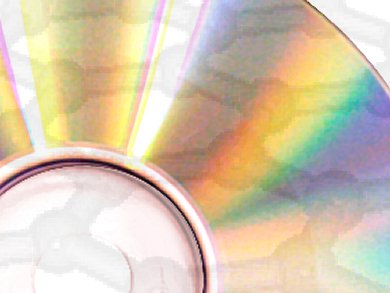Although electrochemical capacitors (ECs), also known as supercapacitors or ultracapacitors, charge and discharge faster than batteries, they are still limited by low energy densities and slow rate capabilities. Higher energy densities would enable devices to run longer, while higher power densities would enable them to run faster.
Maher El-Kady and colleagues, University of California, Los Angeles, USA, used a standard LightScribe DVD optical drive to do the direct laser reduction of graphite oxide films to graphene. They take a DVD, apply a layer of plastic, followed by a film of graphite oxide and then insert the DVD into a standard DVD drive. The in-built laser chemically reduces the graphite oxide to graphene. Having removed the disc, they peel off the plastic, which is then coated in graphene, and cut it into shapes.
The produced films are mechanically robust, show high electrical conductivity of 1738 S/m and specific surface area of 1520 m²/g. They can be used directly as EC electrodes without the need for binders or current collectors, as is the case for conventional ECs. To make the graphene films into capacitors, the space between two parallel sheets of the laser-scribed graphene is filled with the electrolyte phosphoric acid. Devices made with these electrodes exhibit ultrahigh energy density values in different electrolytes while maintaining the high power density and excellent cycle stability of ECs. Moreover, they maintain excellent electrochemical attributes under high mechanical stress and thus hold promise for high-power, flexible electronics.
- Laser Scribing of High-Performance and Flexible Graphene-Based Electrochemical Capacitors,
Maher F. El-Kady, Veronica Strong, Sergey Dubin, Richard B. Kaner,
Science 2012, 335, 1326-1330.
DOI: 10.1127/science.1216744




